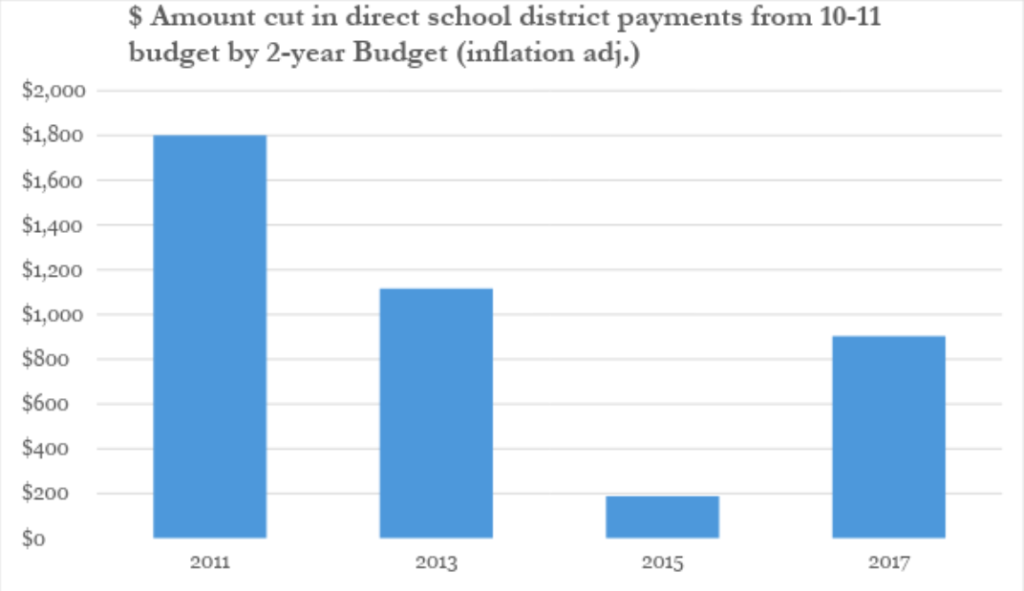Historically large investments in higher education, not enough yet to overcome a decade of neglect.
The July passage of House Bill 166, the state’s two-year operating budget, included record funding for higher education. However, much work remains to make Ohio’s public colleges and universities more accessible and affordable for more of Ohio’s students, especially those from traditionally underrepresented populations most at risk for not exploring post-secondary educational options.
As we reported last year, Ohio faces large and widespread challenges to achieve its stated goal of 65 percent post-secondary degree or credential attainment by 2025. In response, we authored a report identifying 10 ways the state budget could help alleviate these barriers.
House Bill 166 adopted many of those recommendations and put our state on a more hopeful path toward achieving this goal, helping to reduce barriers for students to attain these post-secondary degrees. However, there’s much more that needs to be done to move our state toward reaching the 65 percent goal on time.
Here are the primary benefits provided in the budget:
- Ohio’s Higher Education budget grew by 8.3% – a record $220 million increase.
- Of the 75 budget line items for higher education, 63 either stayed the same or increased. – Of the 12 line items cut, some were simply relocated elsewhere in the budget.
- Ohio’s State Share of Instruction (SSI) – the state’s higher education funding formula – will see a two-year increase of 3.1 percent to $2.04 billion a year, a strong reversal for a line item that had been funded at lower levels than 2010, adjusted for inflation.
- The amount of funding provided to students who qualify for the Ohio College Opportunity Grant (OCOG) – the state’s primary need-based aid program – will nearly double from a $1,500 maximum award to $2,500 by the second year of the budget thanks to a 51.6% increase.
- In one of several examples of micro-targeting more investment to at-risk populations, a program focusing on educating rural, Appalachian members of the workforce will see a $3 million a year increase, helping rural adults attain more certificates and degrees to aid in their career advancement.
- For the first time in state history, specific funding was set aside for state investment to increase the state’s FAFSA completion rate, a key driver of college participation among lower-income students.
While many of these victories for Ohio students and families will undoubtedly make a difference in their ability to afford and maintain their post-secondary educational options, Ohio had fallen so far behind that it will take a concerted, well-coordinated, long-term effort to build upon these initial foundations. This budget, while signaling a welcome shift in higher education policy focus, remains well short of the investment necessary to achieve our state’s lofty post-secondary attainment goal.



